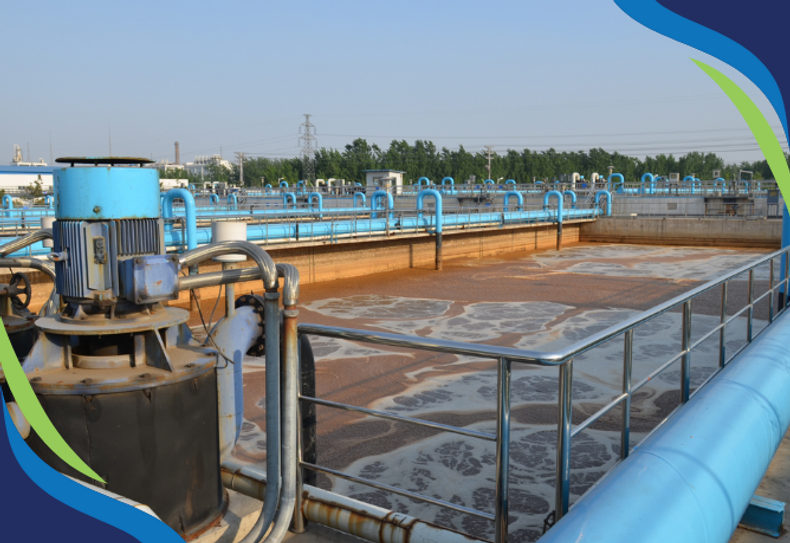Untreated wastewater contains harmful pathogens and pollutants that can spread diseases if released into water bodies or reused for irrigation. Wastewater treatment removes or neutralizes these contaminants, safeguarding public health and preventing the transmission of waterborne illnesses. Untreated wastewater can degrade ecosystems, harm aquatic life, and pollute water bodies. By treating wastewater before discharge, we mitigate these negative impacts, preserving biodiversity, and maintaining the ecological balance of aquatic environments. In the realm of wastewater treatment, the quest for effective disinfection methods to curb the spread of waterborne diseases has been ongoing. Among the arsenal of disinfectants, ozone stands out for its potent oxidizing properties and its ability to annihilate harmful pathogens. Let's delve into the innovative world of ozone disinfection and its transformative impact on wastewater treatment.
At its core, disinfection is crucial for neutralizing pathogenic organisms in wastewater, safeguarding both downstream users and the environment from potential health hazards. Ozone, a powerful gas generated from oxygen molecules, emerges as a strong weapon in this battle against microbial menaces. Unlike traditional methods like chlorine or UV disinfection, ozone boasts superior efficacy in destroying viruses, bacteria, and other contaminants.
How Does Ozone Work?
Ozone's mode of action involves a multi-pronged attack on microbial targets. Upon contact, ozone wreaks havoc by oxidizing cellular components, rupturing cell walls, and disintegrating nucleic acids. This relentless assault leaves pathogens defenseless, ensuring their eradication from wastewater streams.
The Ozonation Process
The journey of ozone from generation to application in wastewater treatment is a meticulously orchestrated mechanism. Ozone is typically produced onsite through the high-voltage dissociation of oxygen molecules. Once generated, ozone is introduced into wastewater streams via specialized contact chambers, where it diligently carries out its disinfection duties. To optimize efficiency, off-gases containing residual ozone are carefully treated before release into the atmosphere.
Advantages and Disadvantages
Ozone disinfection has many benefits, including rapid action, minimal residual byproducts, and enhanced dissolved oxygen levels in effluent. However, this cutting-edge technology also comes with its share of challenges, such as complex equipment requirements, high capital costs, and safety concerns due to ozone's reactive nature. While ozone disinfection comes with its set of challenges, the benefits it offers far outweigh the risks
Ozone disinfection works swiftly, effectively neutralizing pathogens and contaminants in wastewater within a short contact time, typically 10 to 30 minutes. This rapid action ensures efficient treatment processes and minimizes the risk of microbial regrowth.
Unlike some traditional disinfection methods like chlorine, ozone disinfection leaves minimal residual byproducts in treated wastewater. This reduces the need for additional treatment steps to remove or neutralize disinfection byproducts, streamlining the overall treatment process.
Ozone has the unique ability to increase dissolved oxygen levels in wastewater effluent. This oxygenation improves water quality, promotes aerobic biological processes, and enhances the health of aquatic ecosystems in receiving water bodies.

